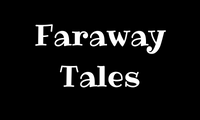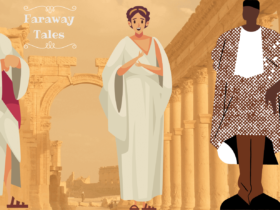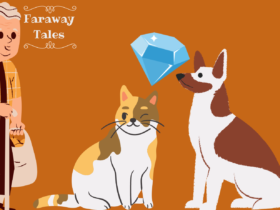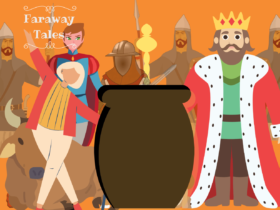|| An Italian legend ||
The exact origins of the song ‘Ciao, Bella’ or ‘Goodbye, beautiful’ are difficult to pinpoint since the song went through many variations. The earliest known version is often known to be sung by the ‘mondines’ or women who removed weeds in the paddy fields in the Po valley, in North-East Italy.
It is said that the women sung the song lamenting their harsh working conditions in the fields. The original lyrics had references to “insects and mosquitoes”, the boss’s “cane” with which he punished, the “curved” backs of the mondine, the “torment” of wasting their youth. The repetitive and catchy rythm of the song probably made it easier to pass time and make them feel better.
The repetitive verse of ‘Ciao, Bella’ comes three times in this version too. It is often persumed that when these women farmers sang ‘Goodbye, beautiful’, they were probably bidding goodbye to their youth, energy and beauty.
Then later, in the 1940s, before the second world war, this song got adapted into a wartime rendition.
An unknown author adapted the women farmers’ song of protest for the Italian resistance movement. The author modified the lyrics, telling the story of a young man who leaves his girlfriend to join the youth militia (that were supporting the army), and, probably for the last time, says goodbye.
This version is much darker, bordering on helplessness: “Take me because I feel death approaching.”
“If I die as a partisan,” he continues, “you must bury me / up in the mountain / under the shade of a beautiful flower / and all those who will pass by / will say ‘What a beautiful flower / This is the flower of the partisan / who died for freedom’”.
Every year on April 25, Italians gather around tables and barbecues and chant “Bella Ciao” at least half a dozen times, right hand on the heart. It was sung as an anti-fascist resistance song during the second world war and singing it has become part of the annual ritual celebrating Liberation Day, the anniversary of the end of the fascist regime and Nazi occupation in 1945.
Since then, Ciao Bella has emerged a form of resistance or protest, often take a stance or make a political statement.
François Hollande, a former French president, used an adaptation of this song during his 2012 French presidential campaign and, in the same year, it was turned into an environmental activist song (“Do it now”) demanding action against global warming.
Most recently adopted by the Sardines protest movement during anti-Salvini protests of 2019 (former deputy PM of Italy), the song came into news when a politician was criticized for posting on social media a cartoon in which gunmen take aim at people singing “Bella Ciao” on Liberation Day.
Outside Italy, it was heard during the 2013 Gezi Park protests against the Erdogan government in Istanbul. In South America, the anti-Bolsonaro #EleNão activists of Brazil and Colombians protesting against their government made their own versions of it and sang them marching.
The Argentine folk singer Mercedes Sosa, who had opposed and fled the Peronist dictatorship, sang “Bella Ciao” as an exile in Europe, stunning a Milanese audience in 1983.
Manu Chao, whose family fled the Franco dictatorship in Spain, often performs his Latin American take on the partisan song.
It’s popularity sky-rocketed when it was featured as soundtrack for the Netflix’s series Money Heist in 2018.
How has “Bella Ciao” travelled so far, touching artists, activists and politicians who often wouldn’t be able to grasp the song’s literal meaning?
Money Heist creator Alex Pina’s explanation is that it’s simply “a song of struggle, which evokes a dream of freedom”.
Like (0)







Leave a Reply